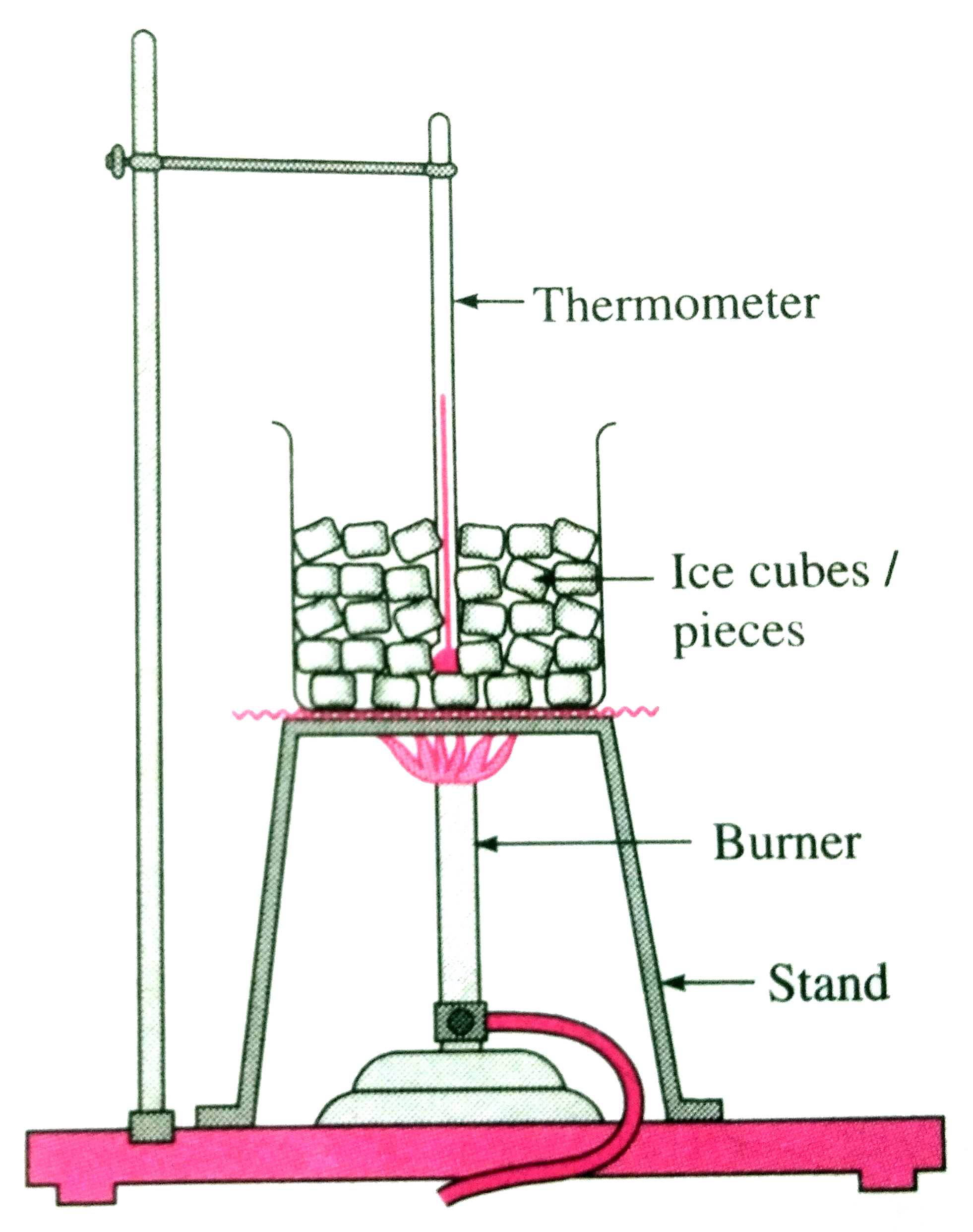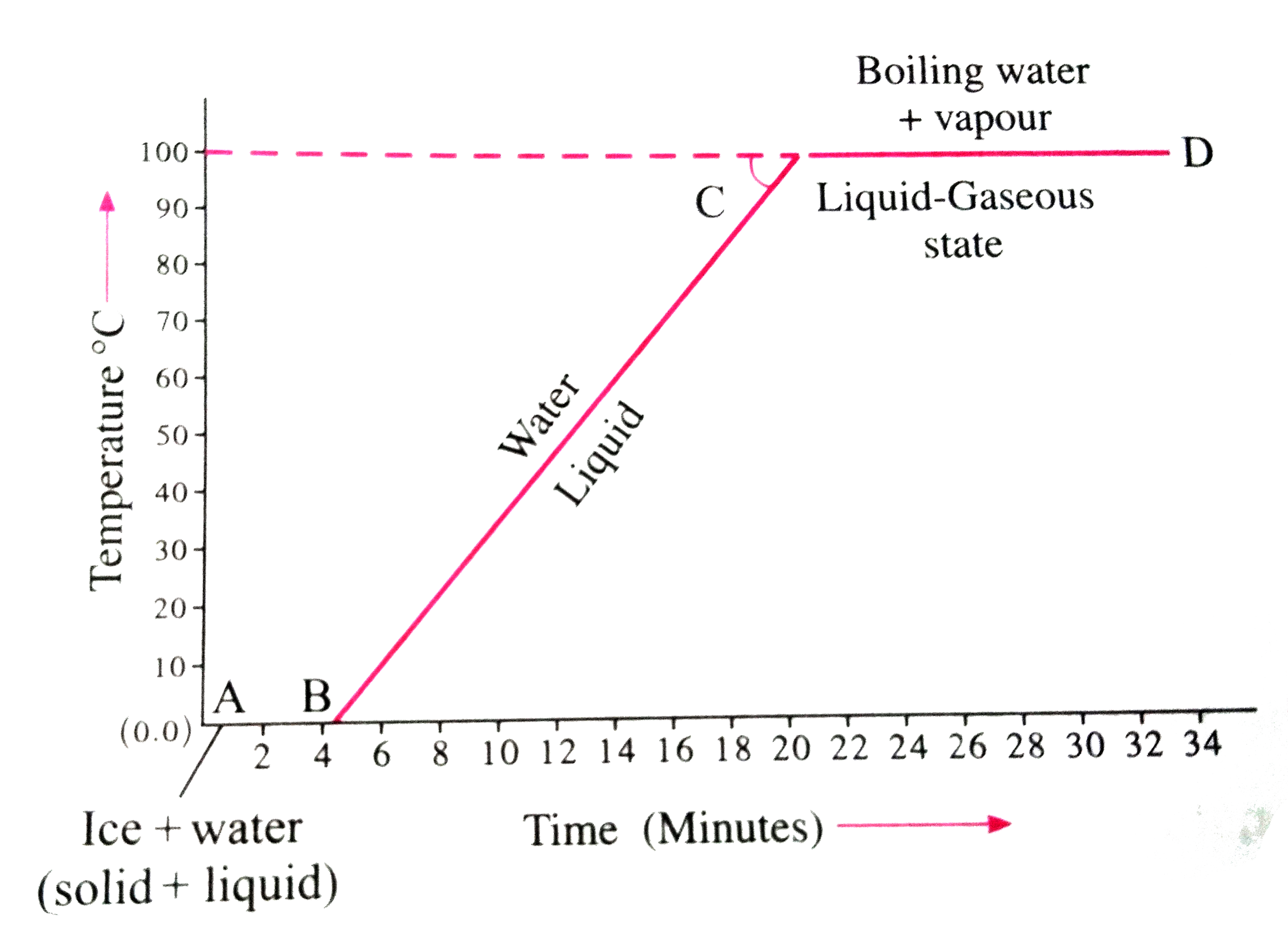One quality of a thermometer is that its heat capacity should be small. If P is a mercury thermometer, Q is a resistance thermometer and R thermocouple type then
P is best, R worst
R is best, P worst
R is best, Q wrost
P is best, Q wrost
The correct Answer is:C
To solve the question regarding the quality of thermometers based on their heat capacity, we will analyze each type of thermometer mentioned: mercury thermometer (P), resistance thermometer (Q), and thermocouple (R).
1. Understanding Heat Capacity:
Heat capacity is the amount of heat energy required to change the temperature of a substance by one degree Celsius. For thermometers, a smaller heat capacity is desirable because it allows the thermometer to respond quickly to temperature changes.
2. Analyzing Mercury Thermometer (P):
- Mercury thermometers are known for their quick response to temperature changes due to the low heat capacity of mercury.
- However, compared to other types, it still has a relatively higher heat capacity than thermocouples.
3. Analyzing Resistance Thermometer (Q):
- Resistance thermometers operate by measuring the change in electrical resistance of a material with temperature.
- They generally have a higher heat capacity because they require more energy to change their temperature compared to mercury thermometers.
4. Analyzing Thermocouple (R):
- Thermocouples consist of two different metals joined at one end, which produce a voltage related to temperature difference.
- They have a very low heat capacity, allowing them to respond almost instantaneously to temperature changes.
5. Ranking the Thermometers:
- Based on the analysis:
- Best: Thermocouple (R) - it has the lowest heat capacity.
- Second Best: Mercury Thermometer (P) - it has a moderate heat capacity.
- Worst: Resistance Thermometer (Q) - it has the highest heat capacity.
Conclusion:
- The best thermometer for low heat capacity is the thermocouple (R).
- The worst thermometer in terms of heat capacity is the resistance thermometer (Q).
Heat capacity is the amount of heat energy required to change the temperature of a substance by one degree Celsius. For thermometers, a smaller heat capacity is desirable because it allows the thermometer to respond quickly to temperature changes.
- Mercury thermometers are known for their quick response to temperature changes due to the low heat capacity of mercury.
- However, compared to other types, it still has a relatively higher heat capacity than thermocouples.
- Resistance thermometers operate by measuring the change in electrical resistance of a material with temperature.
- They generally have a higher heat capacity because they require more energy to change their temperature compared to mercury thermometers.
- Thermocouples consist of two different metals joined at one end, which produce a voltage related to temperature difference.
- They have a very low heat capacity, allowing them to respond almost instantaneously to temperature changes.
- Based on the analysis:
- Best: Thermocouple (R) - it has the lowest heat capacity.
- Second Best: Mercury Thermometer (P) - it has a moderate heat capacity.
- Worst: Resistance Thermometer (Q) - it has the highest heat capacity.
- The best thermometer for low heat capacity is the thermocouple (R).
- The worst thermometer in terms of heat capacity is the resistance thermometer (Q).
Topper's Solved these Questions
- BOOK - ERRORLESS CHAPTER - THERMOMETRY, THERMAL EXPANSION AND CALORIMETRY EXERCISE - Thermal Expansion34videos
THERMOMETRY, THERMAL EXPANSION AND CALORIMETRY
- BOOK - ERRORLESS CHAPTER - THERMOMETRY, THERMAL EXPANSION AND CALORIMETRY EXERCISE - Calorimetery82videos
THERMOMETRY, THERMAL EXPANSION AND CALORIMETRY
- BOOK - ERRORLESS CHAPTER - THERMODYNAMICSEXERCISE - All Questions304videos
THERMODYNAMICS
- BOOK - ERRORLESS CHAPTER - TRANSMISSION OF HEATEXERCISE - ET Self Evaluation Test23videos
TRANSMISSION OF HEAT
Similar Questions
Knowledge Check
- Question 1 - Select One
For a constant volume gas thermometer, one should fill the gas at
Alow temperature and low presssureBlow temperature and high presssureChigh temperature and low presssureDhigh temperature and high presssure
A plarinum resistance thermometer is condtructed which resds ,00 at ice point and 1000 at steam point. Let tpde¬etemoeratureonthissca≤and≤ttde¬ethetemperatureonametcuryonamercurythemomentersca≤.Theresistanceoftheplat∈umcoilvareswithtasR_1 = R_0 (1+alphat + betat^2).DeriveanexpressionfortheresistanceasafunctionofT_p.
View SolutionIn an experiment for finding the specific heat of alcohol, a copper calorimeter of mass 190 gm is filled with alcohol, and the total mass is found to be 390 gm. When it is heated by using a 50 W heater for 9 minute the following reading were recorded with a thermometer and stop watch.
Find the specific heat capacity of alcohol. It is not required to take the radiation correction into account. View Solution
View SolutionThe total distance between the lower fixed point and the upper fiixed point of a thermometer is 12 cm. when this thermometer is palced in a vessel containing 500g water the reading on the scale was 3 cm.. When 10 lead shots at 100∘C were dropped into this container the mercury level int he thermometer rose to 31 mm. find the average heat capacity o the lead shots. (you may leave the answer as a fraction).
Specific heat capacity of water =4.2 kJ kg−1 K−1View SolutionThe total distance between the lower fixed point and the upper fiixed point of a thermometer is 12 cm. when this thermometer is palced in a vessel containing 500g water the reading on the scale was 3 cm.. When 10 lead shots at 100∘C were dropped into this container the mercury level int he thermometer rose to 31 mm. find the average heat capacity o the lead shots. (you may leave the answer as a fraction).
Specific heat capacity of water =4.2 kJ kg−1 K−1View SolutionThe electrical resistance of pure platinum increases linearly with increasing temperature over a small range of temperature . This property is used in a Platinum resistance thermometer. The relation between Rθ (Resistance at θ K) and R0 (Resistance at θ0K) is given by Rθ=R0[1+a(θ−θ0)], where α= temperature coefficient of resistance. Now, if a Platinum resistance thermometer reads 0∘C when its resistance is 80Ω and 100∘C when its resistance is 90Ω find the temperature at which its resistance is 86Ω.
View Solution

(1) Take a few pieces of ice in a glass beaker as shown in figure.
(2) Insert the bulb of a thermometer in ice and measure its temperature.
(3) Put the beaker on a stand and heat the ice usinga burner.
(4) Record the temperature using the thermometer after every minute.
(5) As the ice is heated,it starts melting. Stir the mixture of ice and water.
(6) Continue the heating even after ice starts melting.
(7) Draw a graph of temperature versus time.

Explain the following temperature vs time graph.View SolutionWhy does the mercury level not fall on its own when the bulb of a clinical thermometer is removed from the mouth ?
View Solution

